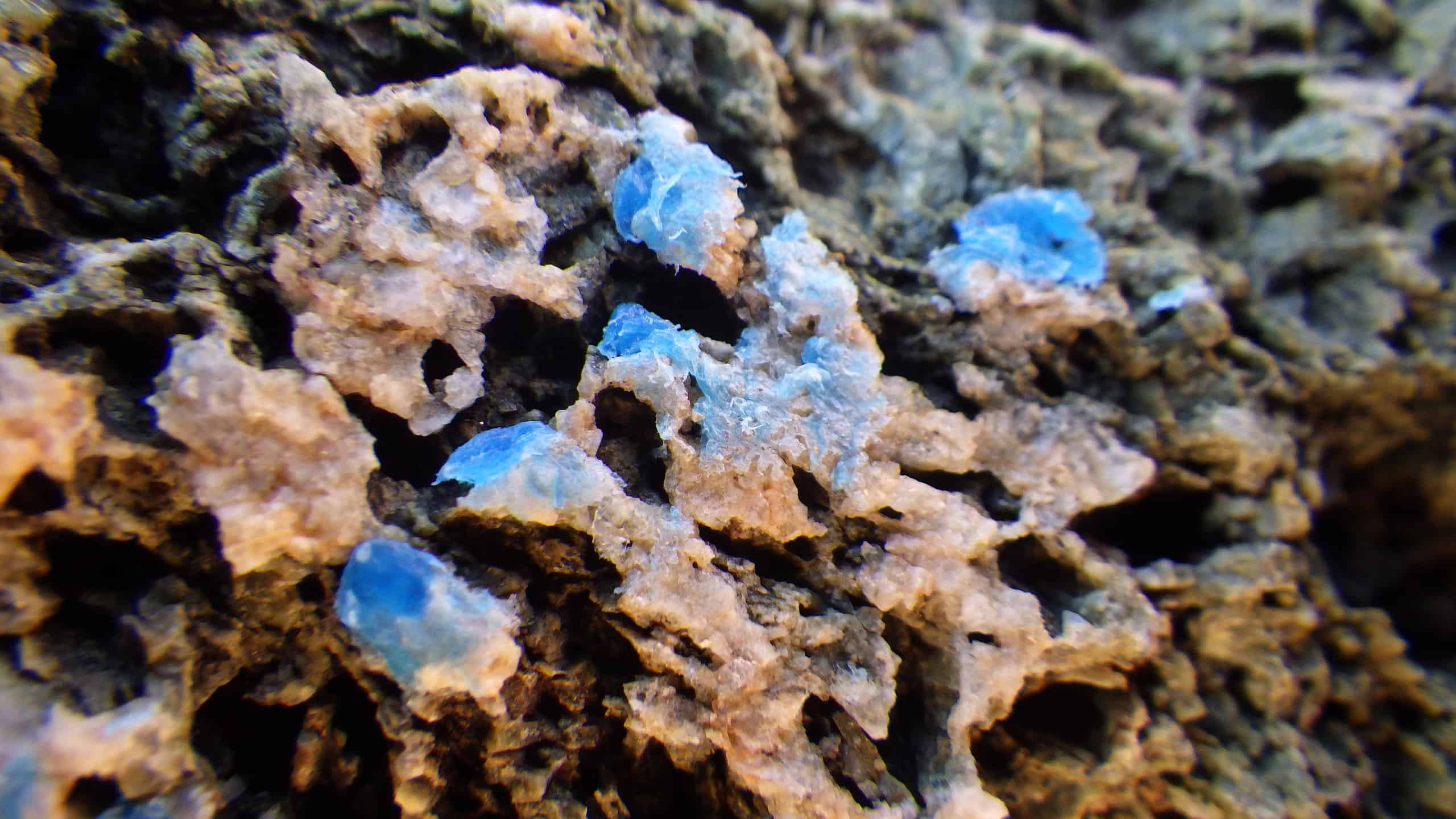
Sedimentary rocks make up around 75% of the rocks on the planet’s surface. They’re also the type of rock that interacts most with surface processes like water movement, erosion, and, as it turns out, pollution. In recent years, geologists have been finding more and more plastic rocks in various shapes and forms. There’s plastiglomerate, plastitar, plasticrust… but no unifying definition for them all. Until now.
“In this context, we propose the adoption of an existing term “plastistone” with a revised definition to collectively describe these novel plastic forms,” write Liuwei Wang and Deyi Hou from Tsinghua University.
Plastic geology — how are plastistones formed?
Unlike traditional sedimentary rocks like limestone or sandstone, plastistone is a hybrid of natural rock and synthetic plastic. This combination occurs when plastic waste becomes intertwined with natural rock elements, leading to a unique geological formation. The process of lithification, which turns loose sediment into solid rock, is at play here, incorporating plastic as part of the rock matrix.
Plastistones have been found on a global scale, both in coastal and inland regions, the two researchers say. They form through the fusion of natural rock and plastic waste — a startling indicator of human impact on the planet.
The formation of plastistone can occur through various mechanisms. One common method is through the melting of plastic debris in environments like campfires or waste burning sites. The melted plastic then adheres to existing rocks or sediments, eventually cooling down and solidifying into a rock-like structure. The resulting plastistone can exhibit a variety of appearances, depending on the types of plastic and natural rock involved.

What’s in a plastistone?
Common plastic types found in plastistones include polyethylene (PE), polyethylene terephthalate (PET), and polypropylene (PP). These are often sourced from domestic waste, such as packaging and containers, or maritime activities. The physical properties of plastistones can vary significantly, influenced by factors like the amount and type of plastic involved, the nature of the surrounding rock or sediment, and the specific environmental conditions during formation.
However, there’s a good chance that there’s plenty more types of plastistones out there that we just haven’t discovered yet.

Plastistones have been shown to alter the microbial communities of the surrounding environment and can generate significant amounts of microplastics and nanoplastics. The potential for these rocks to release microplastics and nanoplastics into surrounding areas raises concerns about their long-term ecological effects.
“Plastiglomerate poses an imminent danger to ocean sustainability, blue economy and overall human health,” Hou told Newsweek.
In fact, the interest around these rocks is more environmental than geological.
Yet another sign of the Anthropocene
This new type of sedimentary rock provides compelling evidence of how human activities can act as a powerful exogenic geological process that reshapes the geological record of our planet.
There’s a lot of talk about the Anthropocene — the new geological era that mankind has ushered in on Earth — and plastistones are a good example of that.
The world produces a whopping 380 million metric tons of plastic annually, and a large part of that plastic ends up in the world’s oceans and rivers. We’re producing so much plastic we’re changing the planet’s geology — and plastistones, as an emerging type of sedimentary rock, symbolize the profound and lasting impact that humans have.
The study of plastistone is still in its early stages, and much remains to be understood about its formation, distribution, and impact. Future research will likely focus on mapping the global distribution of plastistone, understanding its various formation processes, and assessing its ecological and environmental implications. Monitoring the evolution and spread of plastistone will be crucial in understanding the broader effects of plastic pollution on the planet’s geology.






